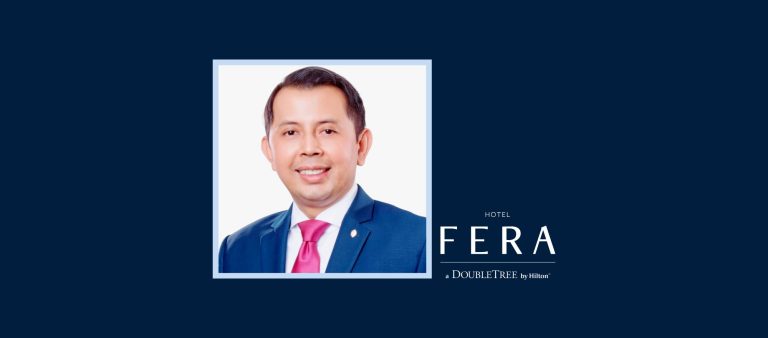Fresh Approach
COVID-19 leads to new ways of behaving, gathering, cleaning, and working
Cleanliness has always been a big deal in the hospitality industry—nearly always topping the list of what guests consider important in their choice of a hotel at all price points. But hazmat suits? Masks? UV lights? Much of what is now protocol and the products needed or proposed to support it was unimaginable less than a year ago, when the biggest problem the industry had was a labor shortage.
As hotels begin reopening and cautious travelers consider venturing out for business or pleasure, they face a very different environment, one described for this new publication from a variety of perspectives, but with the common goal of adhering to new guidelines and otherwise providing protection and reassurance to nervous hospitality guests and workers. Dawna Comeaux, COO of Spire Hospitality, focused on changes experienced by hotel guests and employees, while Annette Moody and Matt Johnsen of PSAV covered how meetings can be safely conducted during this period with crucial modifications to room design, traffic flow, and the use of technology. Karen Holden, VP, quality assurance, competitive analysis and sustainability at Avendra, discussed some of the challenges the procurement company faces to make sure clients have the supplies they need—many of which they didn’t need previously. Finally, Ecolab’s Ruth Petran, senior corporate scientist for food safety and public health, and Ed Snodgrass, their lead chemical engineer, stressed the importance of training to ensure that the appropriate products are used correctly to obtain desired— and now especially critical—disinfection.
Not Business as Usual
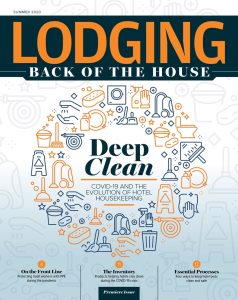
All described how COVID-19 has impacted their respective hospitality-centered businesses, sometimes in unexpected ways, and how their strategies are informed by the steps—literally—taken by all who work in or visit hotels, including to deliver products and services.
Comeaux describes how the hotels her company manages are adhering to newly created protocols for social distancing, frequent disinfection, and rigorous sanitation standards, saying, “Our commitment is to continue to create a safe place for our employees and guests, and training and consistency are paramount. We have taken the approach of implementing the most stringent standards based on guidance from the American Hotel & Lodging Association (AHLA), CDC, state and local requirements, and of course, brand standards that have been recently rolled out.”
What this means in practice, she says, is guests and employees will be returning to a very different environment. Many of the changes will be hard to miss. “Guests will find hand sanitizing stations throughout the property, Plexiglass at the front desk and other high guest impact areas, and signage to support social distancing,” she says, continuing, “Guestroom supplies and décor are definitely more minimalistic than in the past, so throw pillows and bed scarves are definitely out. Most of what you will find will be related to room cleanliness.While each brand is requiring very specific changes, among the things a guest might encounter are disinfecting wipes in their rooms and guestroom door seals indicating the room is cleaned, inspected, and ready to go.” In addition, she describes, guest service directories will be replaced with a digital option for things like dining menus, spa services, and area attractions. She says further that amenities, such as coffee and tea offerings, additional pillows and blankets, pens, and notecards will be provided only upon request, in which case they will be delivered in sealed packaging to the guestroom door.
Another thing they should see, adds Snodgrass, are plenty of staff with spray bottles. “This type of visible cleaning might have been done surreptitiously before—perhaps at the end of a shift or end of day—but now it’s important for guests to actually see hotel staff walking around disinfecting the different surfaces at all times.”
As for employees, Comeaux says, they will receive extensive training for required distancing, new laundry and room cleaning standards, and practices related to the use of PPE that is now required. Their health will also be protected and verified, she notes, saying, “All employers have a higher duty to monitor their employees’ health status—including a daily ‘check in’ of health and temperature.” She stresses too the importance of having staff wear PPE such as gloves and masks for positions that historically have not required it, and allowing for required distancing and new laundry- and room-cleaning standards. Comeaux further mentions that employees may find new tools in their cleaning armamentarium such as electrostatic sprayers for chemicals to disinfect surfaces; antimicrobial cleaner that keeps surfaces disinfected for days/weeks; self-cleaning “wraps” for high-touch areas like door handles; and UV sanitizers.
Cleaning Keys
Fancy gizmos notwithstanding, Ruth Petran and Ed Snodgrass say the key to effective cleaning and disinfection is all about using the right products in the right amounts on the right surfaces. And the key to making that happen, they say, is training, something the company provides to its clients either through online tools or via its sales and service organization. Snodgrass observes that continuous training is especially important in hotels, which have a high turnover rate, saying, “You need to make sure that people who are not familiar with the processes and protocols understand what they need to do and why it’s important—especially now when the stakes are so high. As long as products are used correctly, you’ll get the right amount of disinfection.”
Petran says Ecolab offers specific disinfectants that have demonstrated effectiveness against viruses like COVID-19 when used as directed, which she says means this: “Care must be taken to use the appropriate dilution at the correct contact time for the suitable application listed on the product label to enable disinfection against SARS-CoV-2.” She makes a point of establishing that the environmental friendliness of the EPA-compliant cleaning products and equipment their company produces does not in any way compromise their effectiveness against bacteria and viruses, including COVID-19.
Snodgrass describes, too, best practices in linen handling to avoid the possibility of contact with the virus. “Hotel employees should always wear proper personal protective equipment when handling soiled linen and bag it while cleaning the room, after which it should be isolated until loaded into the laundry machine.”’He says, in general, clean linen should be handled minimally; after laundering, it should be folded and stored in a clean dry area, and the clean linen should not be handled immediately after handling soiled linen.
Getting the Right Stuff
As Karen Holden, who is VP, quality assurance, competitive analysis and sustainability at Avendra, knows too well, many of the items—including those mentioned by Comeaux—are somewhat hard to come by at this point in time. She says acquiring products suddenly in high demand—like hand sanitizer— or newly in demand, like face masks and protective clothing, was a challenge. “We now have to disinfect at every point, from the moment the guest first arrives,” she says, illustrating how that impacts product sourcing and procurement by tracing the journey of a guest just from car to room. “If a guest arrives by car at a hotel without a parking lot, a valet, possibly outfitted in protective clothing—to protect both guest and employee—would first take the car, then sanitize it. Progressing to the lobby, an increased need for cleaning supplies can be seen in the constant attention to high-touch areas such as doors, elevator buttons, light switches and the check-in area, where Plexiglass, which also must be purchased and installed, separates guests and staff . Then, too, is the signage and markers to support social distancing, more sanitizer stations with hand wipes or dispensed sanitizer— all of which could be in short supply.”
Holden recalls how the pandemic completely disrupted the supply chain. Maintaining their usual three weeks of inventory was all well and good for hotels when hand sanitizer was a nicety, not a necessity, and gloves worn for housekeeping and food service were the extent of personal protective equipment required. Then came COVID-19, which upset the supply chain to the extent that some products used rarely or not at all in hotels were suddenly in high demand. “We never ran out of the chemicals needed for cleaning, but there was a period when they were in short enough supply that we needed to turn to a new supplier.” However, she adds, obtaining the full range of PPE now needed—including masks and coveralls, hand sanitizers, and cleaning wipes, which are usually a consumer item—was another matter. “Some of the ingredients needed were coming out of Asia, making them hard or impossible to get at the time of the outbreak that started in China and was spreading quickly around the world.”
Items they are sourcing for the first time, other than PPE mentioned above, reflect new demand: They include: steering wheel covers, remote control sleeves for sanitized remote controls, and UV lights for room sanitation that cost $10,000-$30,000. She says there is also renewed interest in color coded cleaning cloths to avoid cross contamination, and expects more demand for grab and go items, now that restaurant service is limited.
Holden says part of her team’s role at Avendra is to also ensure that products—all of which are quality assured—are properly handled and delivered. “We make sure first that our clients’ inventory isn’t diverted to another customer, but also that products are handled safely in the warehouse and during different types of deliveries. For instance, new delivery protocols must consider: Will a pallet drop be on the back dock with no one receiving it until the driver pulls away? Or will the driver bring in the delivery with no contact with another person? Will they take product in and drop in cooler, freezer, dry area and then after they’ve left someone comes to check product out so there’s not that physical closeness to be concerned about. Avendra helps communicate and manage the expectations for suppliers and customers.”
What Comes Next
All believe that many of the changes being made are here to stay now that the unthinkable has happened. “The core focus of our business of providing safe, clean hotels with a great guest experience is still the same, but the ways we execute it, while meeting the expectations of our guests, have definitely changed,” observes Comeaux. Johnsen and Moody say that is also the case with the meetings they oversee, where the goal is to make people comfortable, whether it means offering their clients different onsite options that adhere to hygiene and social distancing requirements, hybrid meetings using technology to best create the desired experience, or a combination. “We think hybrid meetings that offer different formats will be a new norm we look forward to supporting for many reasons. They enable more people to attend an event; in addition to those who are face-to-face, which we expect to become normal again, people who couldn’t have attended can attend the event virtually.”
Petran describes the big picture into which everything will fit. “We still don’t know how far this virus will spread and how it will affect our own workplaces, families, social spaces, and the world as a whole, but there are things we can do right now to help stop the spread of diseases. A clean you can count on is important for the safety of employees, guests, and ourselves.” She concludes, “The current situation is a powerful impetus to change our mindset. We should all take the lessons from the ongoing outbreak to heart. Let’s do everything we can to stay safe today, knowing that protocols we put in place now will help us well into the future.”
Together But Apart
Annette Moody and Matt Johnsen are SVP and VP of product management, respectively, of PSAV, which serves those who plan and conduct events, including business meetings. They described how the meetings and events they handle will look in the early stages of recovery, placing special emphasis on PSAV’s “MeetSAFE” Guidelines, protocols, safety practices, and travel recommendations designed in accordance with the Centers for Disease Control (CDC) and World Health Organization (WHO) to keep meeting attendees safe.
They say as people return to in-person meetings, social distancing dictates smaller groups, different room layouts, different uses of technology to support these meeting spaces and to also connect remote attendees, and, of course, adhere to stricter cleaning guidelines.
Moody notes that although “mandates” differ from state to state, the overarching objective was to create an environment where people have a sense of normalcy and an impactful event experience. “The reason we created the MeetSAFE Guidelines is to make it possible to have a great meeting in which everyone feels comfortable.”
Johnsen and Moody describe the four main ways MeetSAFE addresses the issues planners care about most: (1) different room design options; (2) modified room layout/traffic flow; (3) technology to support room design—especially when multiple rooms and/or locations are involved; and (4) hygiene.
They say social distance would require that traffic flow and furniture placement limit contact in keeping with best practice—meaning tables and chairs would be separated by at least six feet, and floor decals and other forms of signage may inform attendees on the best way through the space to limit contact.
Moody believes people are wanting to meet again, even with restrictions. “Even within our own company, all this remote working has created a real desire for in-person meetings. We firmly believe meeting face to face again is in everyone’s future plans, and PSAV is working diligently to make that happen safely for the benefit of our customers and team members,” Moody says. In the short term, she says being together within social distancing guidelines seems to be the next best thing. “With MeetSAFE, we’ve created multiple products that enable clients to provide their clients with a traditional—within guidelines, of course—event or a hybrid, with some people physically together and the rest not physically there able to attend the meeting online and have that still be a very good experience.”
Before Opening
Before greeting guests, Dawna Comeaux, COO of Spire Hospitality, reminds that opening up may require possibly overdue attention to issues related to prior vacancy and reduced staff on the premises. “Ideally, a closed hotel would still maintain a small staff to ensure the building is secure and maintained— flushing the water system; ensuring fire sprinkler systems are maintained; and performing preventative maintenance on all major mechanical equipment to minimize any long-term impact.” However, she remarks, “As systems re-engage, there can be issues ranging from plumbing (water pressure and quality of water) to HVAC, elevator, etc.” She says, too, they should be aware that there may also be inspections required prior to occupying the building depending on how long it has been vacant. The kitchen is another area, she says, where issues may arise and can include equipment, as well as insuring inventory is assessed for freshness/expiration.
Also before opening, care should be taken that unwanted guests of the creepy crawly variety haven’t taken up residence or been inadequately vanquished. Michael Bentley, director of education and training for the National Pest Management Association (NPMA), says the normal pest control plan should have been continued during the vacant period but that staff should be aware that the wily critters may have changed their ways a bit during the lull, when decreased human foot traffic and oversight and less food in the usual places like dumpsters and kitchen trash led to their venturing out to new places. The good news-bad news result of pests’ efforts to find increasingly scarce food was the opportunity it provided for the effective deployment of a primary tool of the pest control trade for cockroaches and rodents—insecticide-impregnated bait to attract and vanquish the hungry pests.
Bentley suggests that in addition to maximizing use of the bait, hotel managers attend to exclusion efforts that can be difficult to implement in normal times when the hotel is teeming with guests and employees. “This is the time to make sure doors and windows have properly functioning seals and door sweeps—important things often put on the back burner when you don’t want to shut down your primary entry point because it will interrupt business.”
He says staff should know that even the simplest things, like securing lids on garbage cans, can go a long way in reducing rodent activity in and around a structure—particularly during the time they are struggling to find available food sources.
As seen in the Summer 2020 of LODGING Magazine.

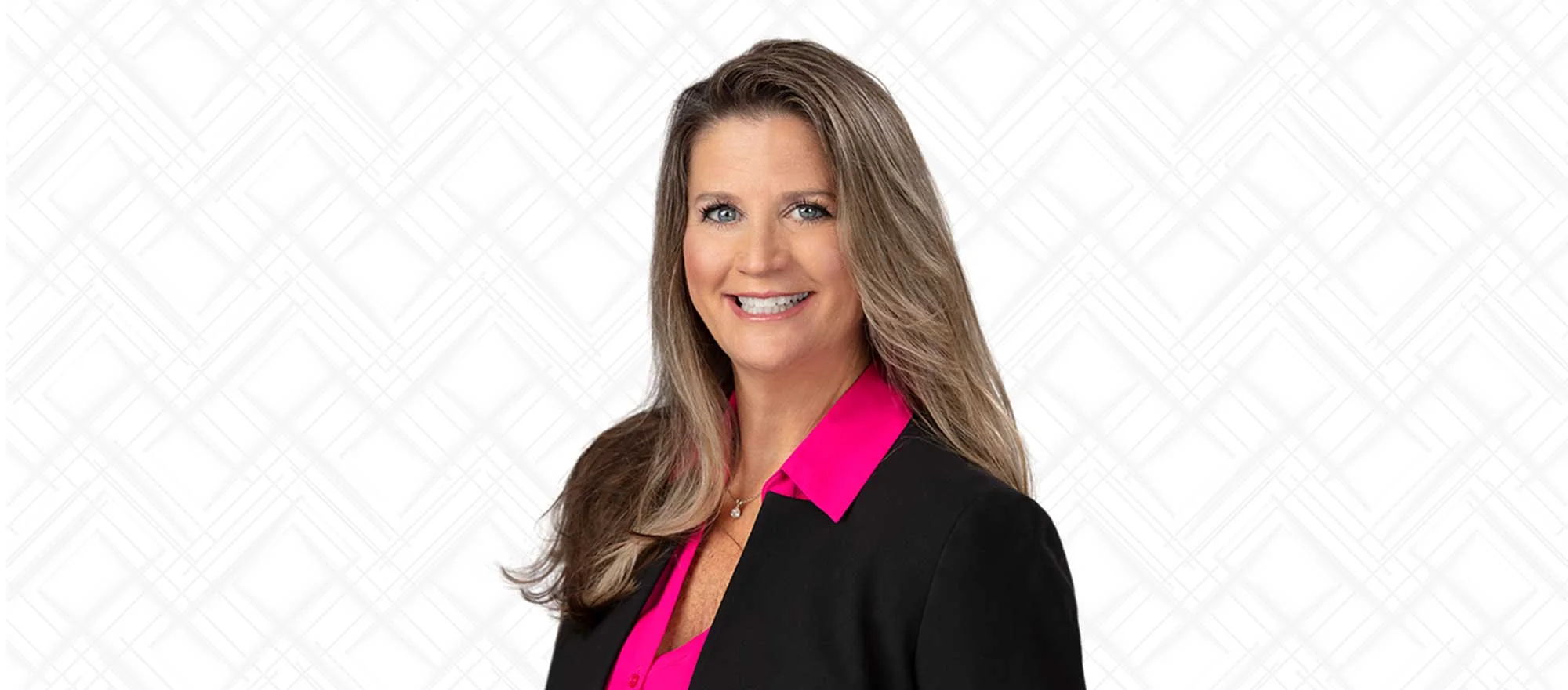
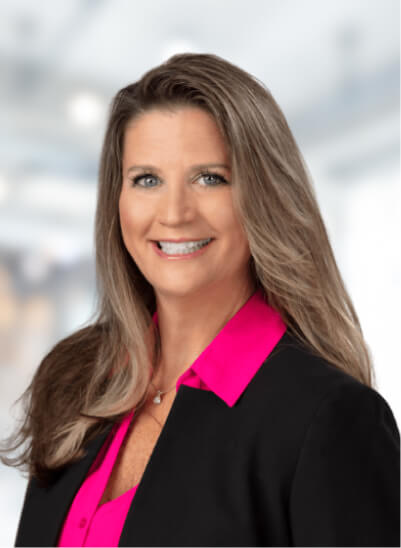 Dawna Comeaux
Dawna Comeaux 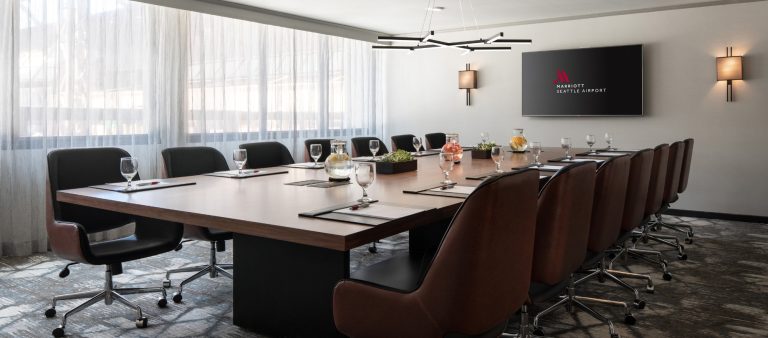
 SPIRE Hospitality
SPIRE Hospitality 
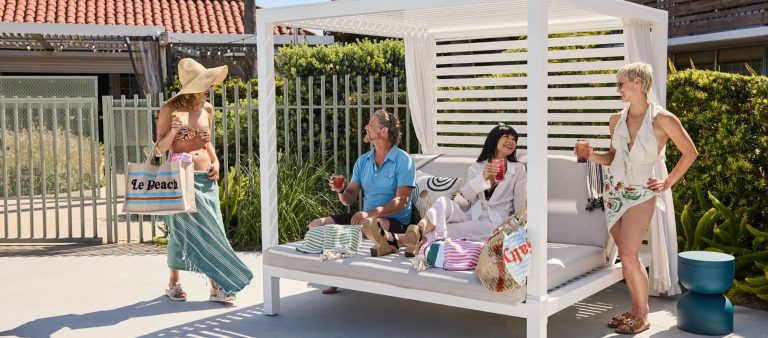
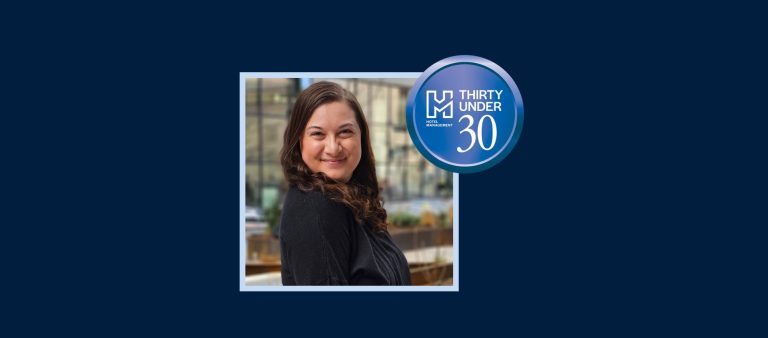
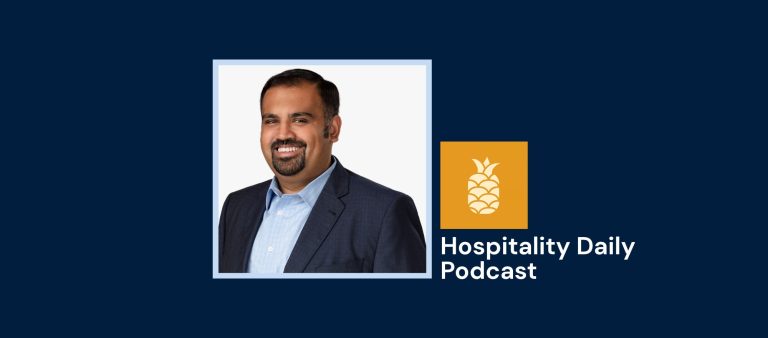
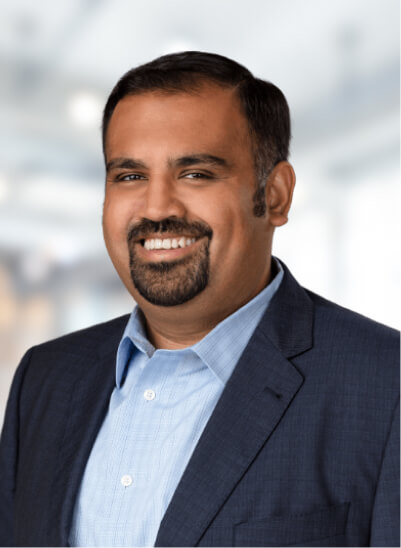 Shozib Khan
Shozib Khan 